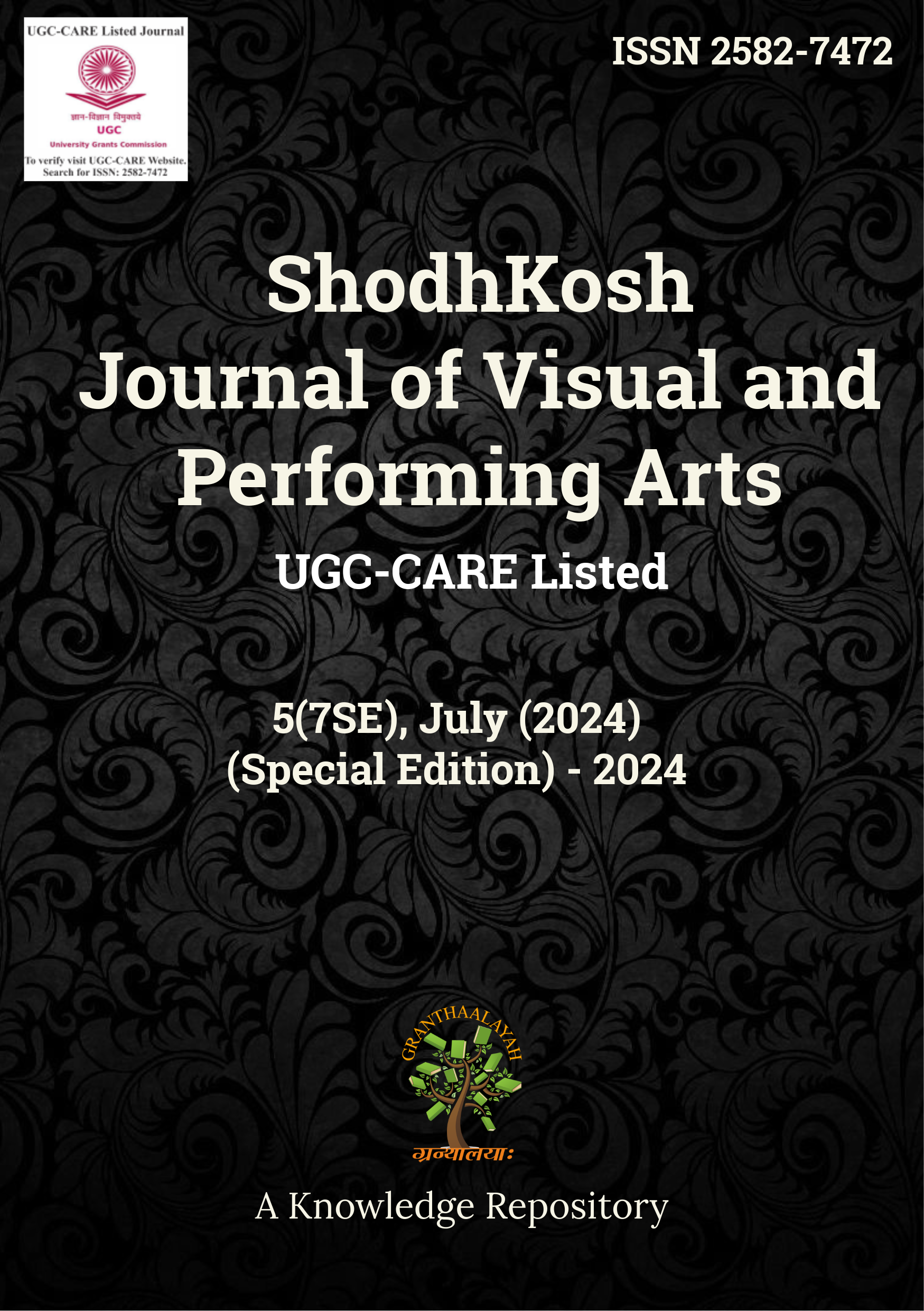EFFECT OF JUDO KATA TRAINING ON BALANCE OF JUDO PLAYERS AGED 17 TO 19 YEARS BOYS
DOI:
https://doi.org/10.29121/shodhkosh.v5.i7SE.2024.5860Keywords:
Judo Kata, Training, Balance, PlayersAbstract [English]
This study investigates the effect of Judo Kata training on the balance of college students aged 17 to 19. A total of 70 male students from Prakash College, Kandivali (W), were divided into two groups: an experimental group and a control group, each consisting of 35 participants. Using a pre-test and post-test non-equivalent control group design, the experimental group underwent Training focused on Judo Kata for 16 weeks, while the control group received no such training. Balance was measured using the Stork Stand test, with data analyzed using One Way ANCOVA.
The results indicated a significant difference in the adjusted mean scores of balance between the experimental group (mean = 6.694) and the control group (mean = 6.106), with an F-value of 9.545 which is significant at 0.05 level. This suggests that Judo Kata training effectively improves balance among judo players. Consequently, the null hypothesis—stating no significant difference in balance between the two groups—was rejected. The findings highlight the importance of Judo Kata training in enhancing balance, contributing to the holistic development of judo players.
References
Grosu, V. T., Florian, T., Ciufudean, E., & Grosu, E. F. (2015). Attention and emotional distress in junior athletes practicing judo and alpine skiing. Palestrica of the third millennium – Civilization and Sport, 338 - 341.
Jaworsk, J., Lech, G., Ambroży, T., & Żak, M. (2020). Profile of coordination motor abilities in elite judokas and badminton players compared to non-athletes. Biomedical Human Kinetics, 17 - 24. DOI: https://doi.org/10.2478/bhk-2020-0003
Jungman, M., & Wilson, J. R. (2016). Physiological Characteristics of Brazilian Jiu Jitsu and Judo as Compared To Muay Thai. sports and exercise medicine open journal, 7 - 12. DOI: https://doi.org/10.17140/SEMOJ-2-132
Kowalczyk, M., Zgorzalewicz-Stachowiak, M., Błach, W., & Kostrzewa, M. (2022). Principles of Judo Training as an Organised Form of Physical Activity for Children. International Journal of Enviromental Research and Public Health. DOI: https://doi.org/10.3390/ijerph19041929
L, Z., H, M., A, A., Gaidi.A, & K, A. (2019). Impact of coordination training on the development of speed among young judokas from 10 to 12 years old. Pedagogics Psychology medical- biological problems of physical training and sports, 325 - 329. DOI: https://doi.org/10.15561/18189172.2019.0608
Liliana, M., & Sava, A. (2013). The Role of Attention in the Achievement of Sport Performance in Judo. Procedia - Social and Behavioral Sciences. DOI: https://doi.org/10.1016/j.sbspro.2013.06.737
Lo, W. L., Liang, Z., Li, W., Luo, S., Zou, Z., Chen, S., & Yu, Q. (2019). The Effect of Judo Training on Set-Shifting in School Children. BioMed Research International. DOI: https://doi.org/10.1155/2019/2572016
Tukel, Y., Sanioglu, A., Taskin, H., Stoffregen, T. A., & Erkmen, N. (2017). Qualitative assessment of balance performance among judo players with visual impairment. Ido Movement For Culture, 32-36.
Downloads
Published
How to Cite
Issue
Section
License
Copyright (c) 2024 Rajkumar C. Gupta, Dr. Sayyed Asma Pravin

This work is licensed under a Creative Commons Attribution 4.0 International License.
With the licence CC-BY, authors retain the copyright, allowing anyone to download, reuse, re-print, modify, distribute, and/or copy their contribution. The work must be properly attributed to its author.
It is not necessary to ask for further permission from the author or journal board.
This journal provides immediate open access to its content on the principle that making research freely available to the public supports a greater global exchange of knowledge.































